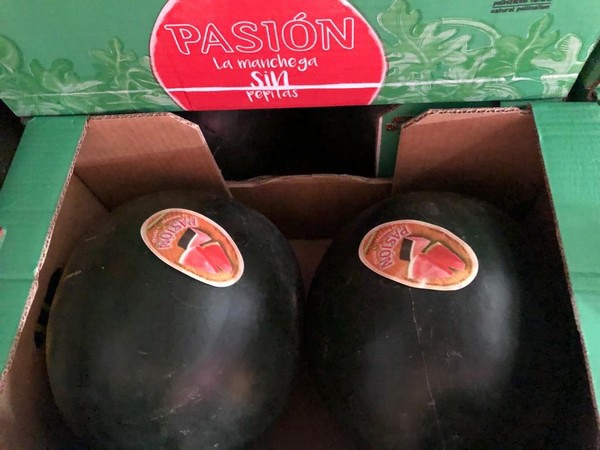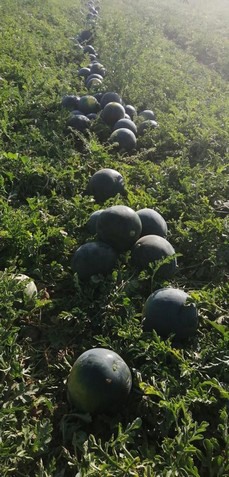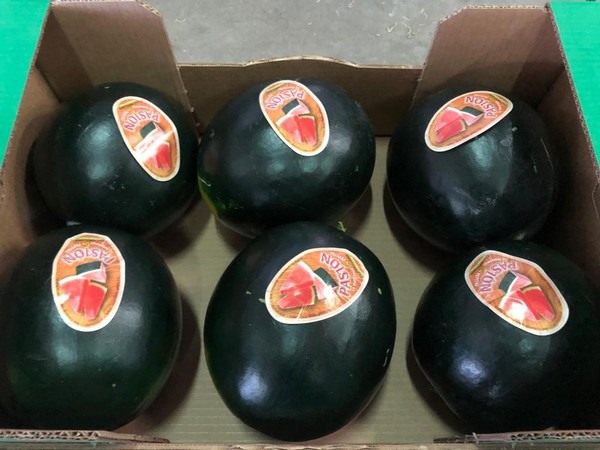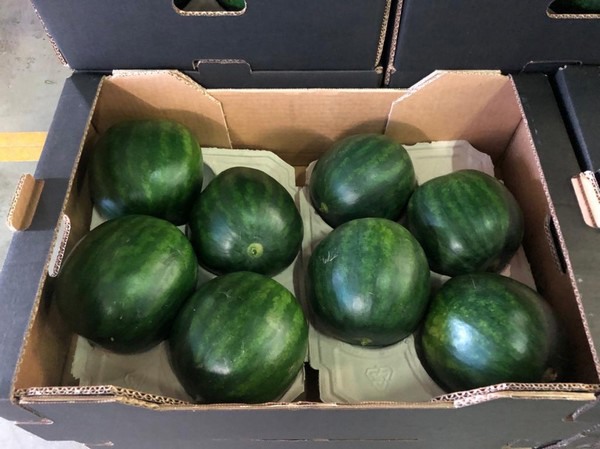Various agricultural associations are reporting a significant decline in the acreage devoted to watermelon production in southern Spain. Last April, Asaja Almeria estimated that as much as 2,500 hectares had been abandoned in the province. And similar issues are reported in other places.

"In Seville and Cordoba, where we have agreements with watermelon and melon growers, there will also be reductions," said Raul Arroyo, of SAT Agrollanos. "Based on what we've seen during visits we have made in the area, many of the producers who irrigate with surface water have had to reduce their acreage, or have not been able to plant anything altogether. Those who have wells have sown their crops, predicting that they would be more or less OK if it rained in the spring."

However, the rains have not yet arrived, although hope is not yet lost that some will be recorded in the coming weeks and alleviate the situation. The Spanish Meteorological Agency has already published the climatological summary for Andalusia for the recent month of April, which, unfortunately, shows that some records have been beaten. April has not only been the driest month, but also the warmest since Aemet keeps records, with only 4% rainfall compared to the average (an extraordinary 96% drop), and with temperatures increasing by 3.09 degrees.
"Fortunately, in Ciudad Real we have been able to keep the acreage as in previous years because our producers in Agrollanos have underground wells. In fact, we expect to be able to deliver all the contracted production."
"For Spain, we continue growing the more traditional varieties. Every year, someone asks me for some new product, such as yellow watermelons, but in general, the most demanded are large-sized, white and black seedless watermelons. For export, we are also working with the formats weighting from 1.5 to 3 kg, which are the most demanded in the European market at the moment."

"This year, contract prices have been higher than last season," but there was no other choice, says Raul. "In 2022, we were not able to transfer the cost increases to the contracts that were already signed, and this year we have finally been able to do so."
Unlike in other regions, in La Mancha, the watermelon acreage is expected to grow by 10% this year, to 3,300 hectares, while the melon acreage will be reduced by 5% and amount to about 5,500 hectares, according to data shared by the sector.

"Last year's season was good and that has encouraged more growers to plant more watermelons and fewer melons. Of course, melons are in good demand domestically, but when it comes to exports, Piel de Sapo melons have a very limited market. Whether we will manage to have another good season with good prices will only depend on the heat, because if it is cold, there will be some watermelons leftover, regardless of the production volume."
 For more information:
For more information:
SAT Agrollanos
C/ Luís Mingo s/n
13220 Los Llanos del C., Ciudad Real, Spain
Tel.: +34 926 644 188
info@satagrollanos.com
www.satagrollanos.com
